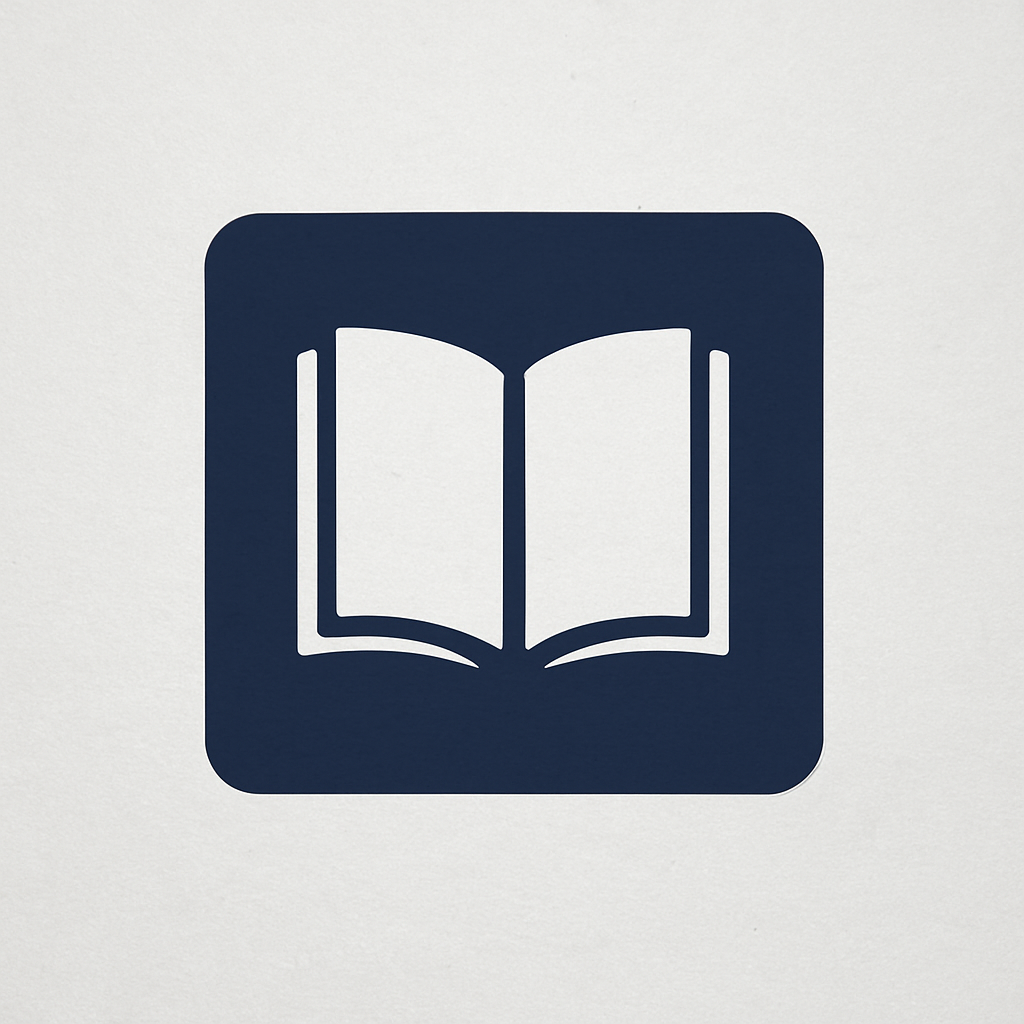🌎 Chapter 1: Introduction to South America
South America is a continent of extremes and contrasts – home to the world’s largest river by volume (Amazon), the longest mountain chain (Andes), and the largest rainforest (Amazonia). Politically, it consists of 12 independent countries, each with distinct cultures and histories, yet bound together by their shared colonial past. Physically, the continent is shaped by towering mountains, fertile plains, vast grasslands, and dense tropical forests.
📍 Location & Boundaries
- Lies mostly in the Southern Hemisphere, entirely in the Western Hemisphere.
- Extends from the Caribbean Sea in the north to the Southern Ocean in the south.
- Boundaries:
- North – Caribbean Sea, linked to North America via Isthmus of Panama.
- East – Atlantic Ocean.
- West – Pacific Ocean.
- South – Southern Ocean & Drake Passage (gateway to Antarctica).
- Latitude/Longitude: Spans from 12°N (Caribbean coast of Venezuela) to 55°S (Cape Horn, Chile).
📏 Area, Population & Demographics
- Area: ~17.8 million sq. km → 4th largest continent.
- Population: ~440 million (~5.5% of world population).
- Largest Country (area & population): Brazil.
- Smallest Country: Suriname.
- Population Density: Uneven – high in coastal plains & river valleys, sparse in Amazon & Andes.
🗣️ Languages & Culture
- Spanish → Most widely spoken (except Brazil & a few others).
- Portuguese → Brazil (largest share of population).
- English → Guyana.
- Dutch → Suriname.
- French → French Guiana.
- Indigenous Languages: Quechua (Peru, Bolivia), Aymara (Bolivia), Guarani (Paraguay).
Cultural Fusion:
- Blend of indigenous civilizations (Inca, Moche, Mapuche, Guarani) with European colonial influence (Spanish, Portuguese).
- Strong African cultural heritage (especially in Brazil, Caribbean coasts).
- Famous for Carnivals (Brazil), Tango (Argentina), Andean music (Peru, Bolivia).
📜 Historical Background
- Pre-Columbian Civilizations:
- Inca Empire (Peru, Bolivia, Ecuador, Chile, Argentina) → known for Machu Picchu, advanced road systems, terrace farming.
- Amazon tribes → sustainable forest living.
- Colonial Period:
- 16th century onwards → Spanish & Portuguese dominance.
- Treaty of Tordesillas (1494): Divided South America between Spain & Portugal → Brazil to Portugal, rest mostly to Spain.
- Independence Movements (1800s):
- Led by Simón Bolívar and José de San Martín.
- Most countries gained independence by early 19th century.
- Modern Era:
- Mixture of democracies, resource-based economies, and social movements.
🌍 Current Political Landscape
- 12 Sovereign Countries: Argentina, Bolivia, Brazil, Chile, Colombia, Ecuador, Guyana, Paraguay, Peru, Suriname, Uruguay, Venezuela.
- Territories: French Guiana (France), Falkland Islands (UK), South Georgia & South Sandwich Islands (UK).
- Political Groupings:
- MERCOSUR (Southern Common Market): Argentina, Brazil, Paraguay, Uruguay, Venezuela (trade bloc).
- UNASUR: Regional union for integration.
- BRICS: Brazil is a founding member.
🌱 Economic Overview
- Agriculture: Pampas (wheat, beef), Campos (soybeans), Coffee (Brazil, Colombia), Sugarcane (Brazil).
- Minerals: Copper (Chile), Lithium triangle (Argentina, Bolivia, Chile), Oil (Venezuela).
- Forests: Amazon Rainforest – biodiversity, timber, carbon sink.
- Hydropower: Itaipu Dam (Brazil–Paraguay).
- Tourism: Machu Picchu, Rio Carnival, Iguazu Falls, Galápagos Islands.
📌 UPSC Notes (Key Pointers)
- South America is a continent of “superlatives” → longest mountains, largest rainforest, most water-rich river.
- Treaty of Tordesillas (1494) → shaped colonial division.
- Languages: Spanish (dominant), Portuguese (Brazil), English (Guyana), Dutch (Suriname), French (French Guiana).
- Resource-rich → Oil (Venezuela), Copper (Chile), Lithium (Bolivia, Argentina, Chile).
- Major trade bloc → MERCOSUR.
- Strategic regions: Amazon rainforest (climate change), Falkland Islands (UK–Argentina conflict).
